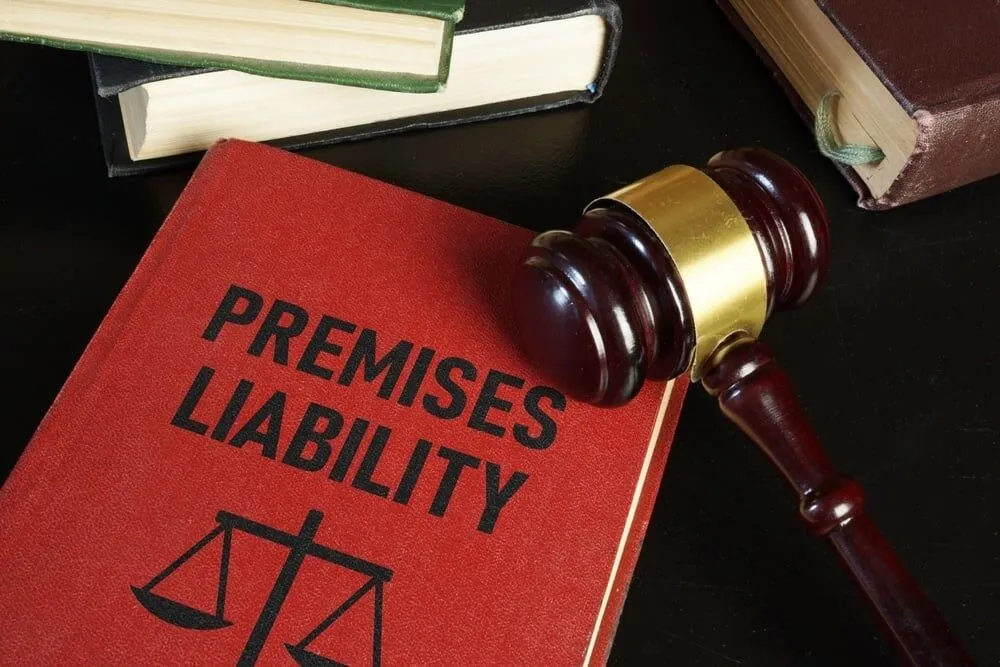In India, going through a divorce is a very personal and frequently difficult event that is characterized by numerous legal processes and social pressures. Any woman thinking about taking this big step has to understand the details of the divorce process. This article seeks to educate women on legal rights, the many kinds of divorce, and the crucial steps they might need to take to divorce their husbands in India. It outlines a simple, step-by-step process for them to follow. Read this also best divorce advocate in chennai
Individual Laws and Separation
India’s legal framework is distinct because it acknowledges many religiously-based personal laws. Marriages, divorces, and associated affairs are governed by these laws. Here’s a quick overview:
1. Hindu Divorce: Divorce is recognized by law and can be initiated for several reasons under the Hindu Marriage Act, 1955, which applies to Hindus, Sikhs, Jains, and Buddhists.
2. Muslim Divorce: Under certain circumstances, Muslim women are entitled to file for divorce under the Dissolution of Muslim Marriages Act, 1939, and the laws of Sharia.
3. Christian Divorce: In India, Christian divorces are governed under the Indian Divorce Act of 1869.
4. Parsi Divorce: The legal basis for divorce among Parsis is established by the Parsi Marriage and Divorce Act of 1936.
5. Civil Divorce: In situations when a marriage does not violate any religious laws, the Special Marriage Act, of 1954, regulates civil weddings and offers a legal route for divorce.
These legal systems, which represent the nation’s variety in terms of culture and religion, each offer unique justifications for divorce as well as processes.

Process of divorce
1. Legal Advice and Strategy: The first thing to do is get advice from a knowledgeable law specialist. Your attorney will assist you in recognizing the strongest legal basis for your argument, the necessary paperwork, and the possible results.
2. Creating and Submitting the Divorce Petition: Your attorney will create a divorce petition that includes your situation, the justifications for divorce, and any relevant documentation. Next, the petition is submitted to the appropriate family court.
3. Delivering the Summons: Following the filing of the petition, the husband will receive a summons from the court informing him of the divorce petition and the date of the initial hearing.
4. Response and Mediation: The husband must respond to the summons by either accepting the divorce or objecting to it. At this point, Indian courts frequently support negotiation, allowing the partners to work things out before moving forward with the divorce.
5. Documentation and Court Processes: If a divorce is disputed, both parties will be required to submit their claims before the court, together with relevant proof and witness statements. To decide whether the statements are true, the court will consider the available evidence.
6. The Final Decision: The court will deliver a final divorce judgment if it is persuaded that there are valid reasons for divorce and that getting back together isn’t possible. This declaration formally dissolves the marriage.




